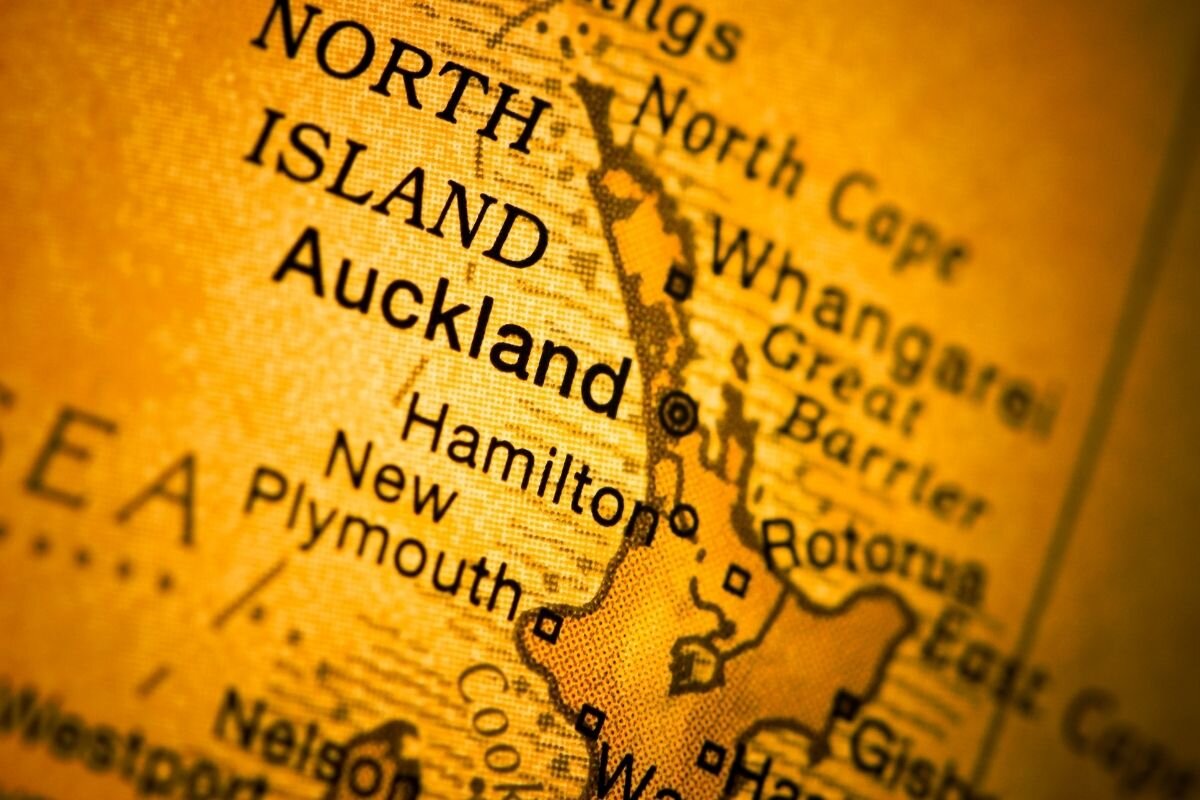Is Erionite the New Asbestos?
We’ve always thought that the most dangerous natural material we’ve had to deal with was asbestos. It’s responsible for upwards of 70% of malignant mesothelioma cases and various health conditions like cancer and asbestosis.
However, the latest research is starting to show us that another natural mineral is fighting for the top spot, and its name is erionite.
What is Erionite?
Like asbestos, erionite is a naturally occurring mineral that’s produced in silica-rich volcanic eruptions. When it’s dissolved by water, it crystallises as zeolites in sedimentary rocks. At a microscopic level, it looks a bit like wool.
If erionite is inhaled, it’s believed the health effects could be similar to those of asbestos exposure – mesothelioma.
Studies in Turkey’s Cappadocia region showed a high level of mortality among people exposed to erionite in rock that was used to build houses. Out of three villages, 50% of deaths were connected to erionite exposure.
Even people who later migrated to Sweden and Germany and were diagnosed with mesothelioma could be connected back to that region in Turkey.
Erionite has also been identified in North Dakota in the United States. Inadvertently, it was used to form rural roading. As a result, high concentrations of the fibres were found in vehicles and school buses, which may have been transferred by bus-taking students who had waited at bus stops on rural roads.
But How Does Erionite Affect Us Here in New Zealand?
We’re quite isolated here in New Zealand, which can make us believe we’re less at risk of illnesses that other countries experience. Why would something happening in Turkey, the United States, and other countries affect us? Unfortunately, we may be facing our own erionite problem.
This mineral is present in rocks around the Auckland region. While there are a lot of question marks surrounding what this could mean for us, a research project is underway with funding from the Ministry of Business, Employment, and Innovation to find out the risks it may pose.
We know it posed a risk to villagers in Turkey, but the risk may be far more severe than we first thought. In recent years, erionite was also found in 12 states across the US and could be several hundred times more carcinogenic than asbestos.
Surprisingly, researchers have known about erionite in New Zealand for a long time. It was first identified in the 1970s and has since been discovered in various parts of the CBD and throughout Auckland in Waitematā Group sedimentary rocks and Waitakere Group volcanic rocks.
North of the city, the rocks are much closer to the surface, and there are no guidelines to determine what this could mean for New Zealanders located near areas of erionite.
Do We Have Safety Guidelines For Erionite?
As a country, we have become well-versed in what to do when we discover asbestos or suspect it’s present. We hire someone to provide asbestos testing, and we arrange for professional asbestos removalists to remove it safely.
However erionite is an emerging hazard, so we don’t know much about it yet. We have only just established a working group, and there are no guidelines about how much exposure to this mineral is too much. This is because it can be challenging to measure how different erionite compositions can affect us in different ways.
High Mesothelioma Cases in New Zealand
Compared to other high-income countries, New Zealand has quite a high rate of mesothelioma. We have always assumed asbestos exposure to be the reason for it, given that it’s present in several hundred building products used in our homes and businesses today.
However, we now can’t rule out erionite as a likely cause, either. Natural outcrops of erionite-containing rock may put local populations at an increased risk of cancer, according to the University of Auckland. More research is necessary to rule this possibility out or confirm it as a likelihood.
What Can We Do to Mitigate the Risk?
Even if the risk of mesothelioma does not turn out to be any greater or less than asbestos, that doesn’t mean we shouldn’t take as many precautions as possible when dealing with this potentially hazardous material.
One of the first things that may need to happen is at a quarrying and construction level. If earthworks around Auckland are taking place, testing should be done to make sure erionite is not present in rocks underneath the soil.
If it is, plans need to be put in place to limit exposure, including health and safety measures to keep workers and nearby residents safe. Fortunately, we’re well-versed in such exposure prevention measures due to both asbestos and COVID-19.
At least with this material, one good thing has come out of it. We haven’t made the fatal mistake of using it in thousands of products worldwide.

